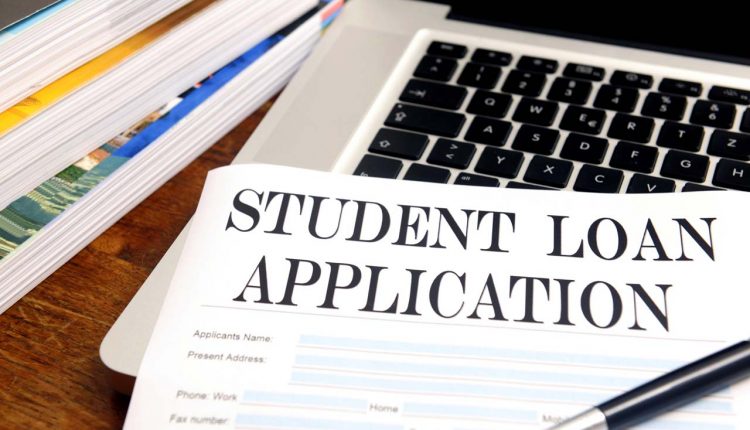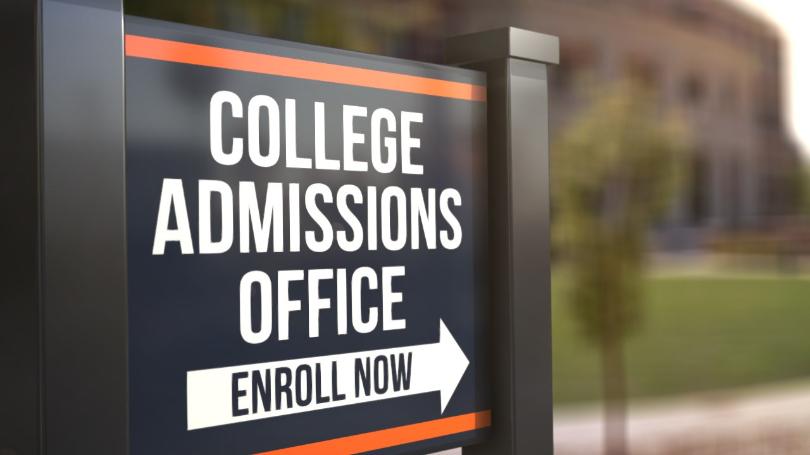It’s no secret that going to college is one of the biggest financial decisions a student will face in life. However, many find that college is becoming more affordable. Do these statistics really show that low-income students are attending college at a larger rate?
Yes… Technically
If you pay attention purely to statistics, then, yes, it seems that college has become more affordable than it had been in the past. Not only are low-income students more likely to get a college education, but the rates of people of color enrolling have gone up, as well. But that doesn’t mean that everything has become egalitarian in the educational world.
Looking at the statistics, it’s easy to see how low-income students are still drawing the short straw. The education that they receive still seems to be worth less than that of higher-income students. There are many reasons for that.
Different Levels of Selectivity
According to the Pew Research Center, low-income students were more likely to choose colleges with low- rather than high-selectivity. The difference between the rates of low-income dependents enrolling in these selective schools has only changed from 10% to 13% in the time between 1996 and 2016. That’s not much of a change compared to the shifting of other statistics.
This makes quite a noticeable difference in education. Beyond the technical aspects of having fewer resources (which we’ll discuss below), students are also less likely to receive a bachelor’s degree from these less-selective institutions. If they do, they aren’t usually considered as “prestigious” or essential as those from large schools making the degrees seem lesser.
Fewer Resources

As stated above, one of the biggest problems with these low-selectivity colleges is the lack of resources. Many of the low-income students that make up this educational boom are not attending four-year universities, but community colleges. Such colleges have become infamous for lacking the resources spending only $14,000 per year per student compared to the $72,000 that private universities payout. Even public universities don’t have as much set aside with an average of $40,000 spent on a student per year.
Community colleges still do good. More and more people can receive higher education thanks to community colleges because of their easy access and low cost.
Borrowing for Education

Another big change is that more low-income students are borrowing for their education. Student loans have risen 8% in the impoverished groups, though it’s risen further in those who have a higher income, with a 22% increase. Though the cost of private education has fallen approximately $900, less-selective one has risen an average of $600. So, along with grants and other financial aid, borrowing is one of the reasons low-income and minority students have a better education than those from other generations. Students want to study despite their financial conditions, they are preparing for exams, learning how to write essays looking for examples on free databases like pro college essays and borrowing makes their dreams to go to college come true.
According to the Pew study mentioned above, there has been a 20% increase in low-income students attending colleges considered “very selective” in the period between 1996 and 2016. That shows that something we’ve done in the interim must be working.
The Demographics

Despite offering education to low-income students at an unprecedented rate in this country, it seems that we’ve fallen short. The demographics of students in particular schools still show that high-income learners are more likely to attend better colleges than others. The selectivity of colleges is where the line is drawn.
Still, the numbers are good. There has been a 6% increase in college students from poor income families in the last twenty years. There has also been a rise in students who were non-white from 29% to 47% in the same period. Colleges do seem to be more accessible now.
Alternative Explanations
Not everyone believes that things haven’t gotten better or at least more equal. American Enterprise Institute resident fellow, Jason Delisle, insists that the Pew study takes credit away from the colleges. One way, he believes, the study failed was in only counting dependent undergraduates, instead of including independents. These enrollees are often poor, but yet they enroll in very selective schools more frequently. Numbers do show that. 52% of those being accepted in a four-year college had low income. That is a staggering climb from roughly 32% that was standard in 1996. At the same time, even dependent enrollment climbed 13% in private institutions.
Even though everything isn’t equal in the educational world, people try to make it more inclusive. Now, being a low-income student doesn’t mean that you have to give up your dreams of going to college.



